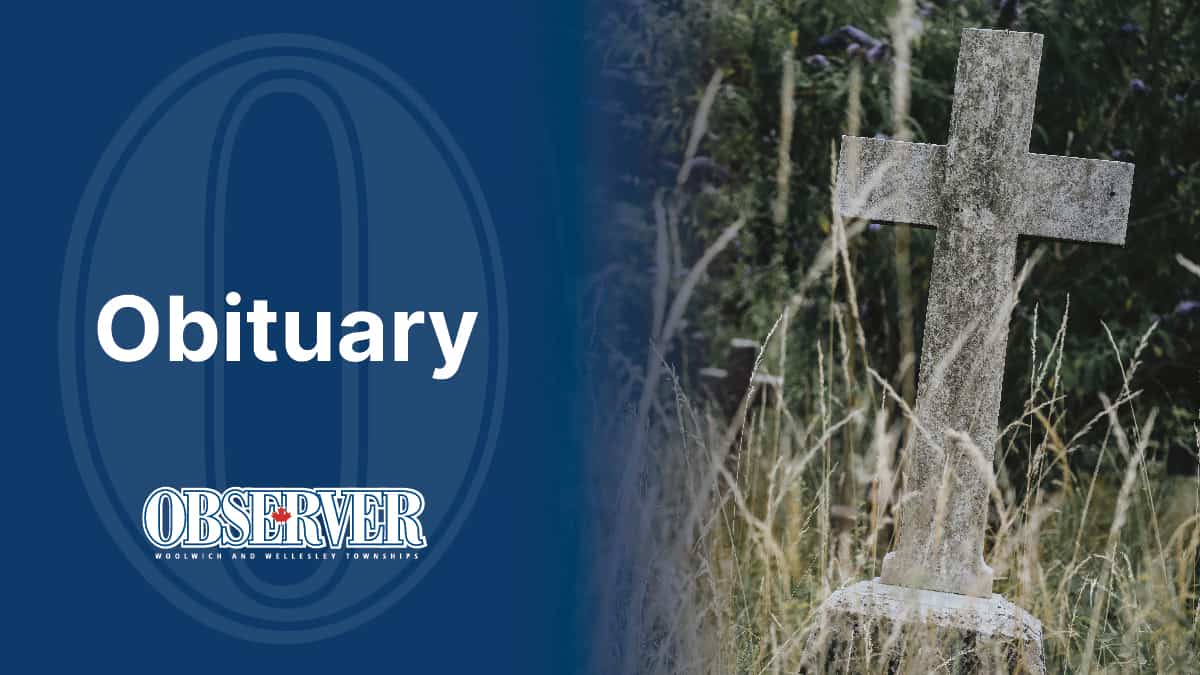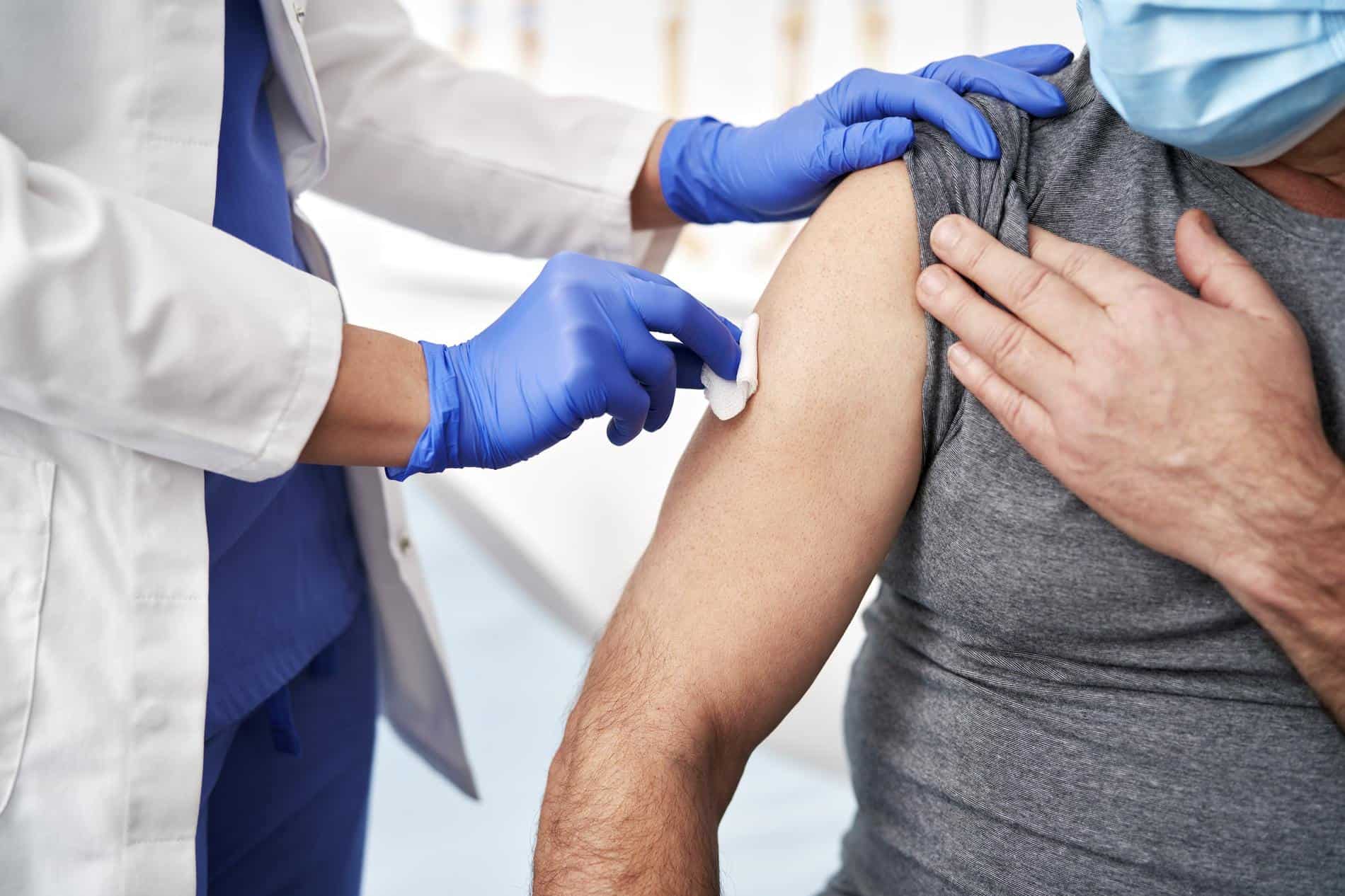A year into the COVID-19 pandemic, Waterloo Region’s numbers remain relatively high, but are considered stable.
There have been 10,904 cases since the virus was first identified in the region one year ago. There have been 232 fatalities since that time. Currently, there are 372 active cases, lower than the post-holiday peak, but higher than the lulls seen over the summer.
The coronavirus proved to be a major challenge for healthcare providers in the region, Dr. Rob Chernish said as part of Friday’s weekly pandemic update from the region. Chernish had firsthand experience with the virus’ impact while serving a critical care physician with St. Mary’s General Hospital and working as a respirology consultant with Grand River.
The virus’ arrival in the region found the hospital system already overburdened.
“Before there was ever COVID, we would operate at 85 to 90 per cent capacity. So there really wasn’t any room to absorb a pandemic,” he said, noting the system was quickly overwhelmed.
There were no quick fixes, he added, pointing to the amount of time it takes to train an intensive care unit nurse, for examples.
“To be an ICU nurse, you have to go through your basic nursing training, then you need additional training and then you need experience. So when you realize you need these people, you can’t just throw money at the problem and they appear the next day. The nursing ratio is one nurse to one patient, maybe one or two if you stretch it, so that was scary because that’s where we were going to have our biggest problem. But we got through; the numbers went down again.”
The second wave saw the system being overwhelmed, reaching points unseen in the first wave. Today, the numbers are climbing following decreases in December.
“The changes you make in the community are essential, because even a small blip, and even a few patients coming to critical care can derail the entire system. The last thing we want to have to do – and thank goodness we haven’t had to do it – is decide who doesn’t get care,” said Chernish.
The region is currently monitoring outbreaks at 27 locations, though the two case at Elmira District Secondary School announced this week aren’t included.
“We don’t typically talk about individual cases. In general, when there is a case in a school, whether it be a teacher or a student, we do an assessment, like we do with all cases to determine who’s at risk, whether it be fellow classmates, plus cohorts or other teachers,” said associate medical officer of health Dr. Julie Emili. “In general, we don’t get into details about specific cases – that’s the process we would follow with the school.”
According to a statement from the Waterloo Region District School Board, public health has identified all high-risk contacts, with some staff and other students are currently being asked to self-isolate. The two students were last in school on March 1.
In Wellington-Dufferin-Guelph, Dr. Nicola Mercer has issued a letter to the public asking for patience and empathy.
“In recent weeks, we have noticed a growing number of aggressive and negative comments directed toward our staff over the phone, via email and through online comments. The stress, fear and pandemic fatigue we all feel is real. Most of us are exhausted after a year of living in uncertainty and change,” said Mercer.
There have been 10,904 cases since the virus was first identified in the region one year ago. There have been 232 fatalities since that time. Currently, there are 372 active cases, lower than the post-holiday peak, but higher than the lulls seen over the summer.
The coronavirus proved to be a major challenge for healthcare providers in the region, Dr. Rob Chernish said as part of Friday’s weekly pandemic update from the region. Chernish had firsthand experience with the virus’ impact while serving a critical care physician with St. Mary’s General Hospital and working as a respirology consultant with Grand River .
The virus’ arrival in the region found the hospital system already overburdened.
“Before there was ever COVID, we would operate at 85 to 90 per cent capacity. So there really wasn’t any room to absorb a pandemic,” he said, noting the system was quickly overwhelmed.
There were no quick fixes, he added, pointing to the amount of time it takes to train an intensive care unit nurse, for examples.
“To be an ICU nurse, you have to go through your basic nursing training, then you need additional training and then you need experience. So when you realize you need these people, you can’t just throw money at the problem and they appear the next day. The nursing ratio is one nurse to one patient, maybe one or two if you stretch it, so that was scary because that’s where we were going to have our biggest problem. But we got through; the numbers went down again.”
The second wave saw the system being overwhelmed, reaching points unseen in the first wave. Today, the numbers are climbing following decreases in December.
“The changes you make in the community are essential, because even a small blip, and even a few patients coming to critical care can derail the entire system. The last thing we want to have to do – and thank goodness we haven’t had to do it – is decide who doesn’t get care,” said Chernish.
The region is currently monitoring outbreaks at 27 locations, though the two case at Elmira District Secondary School announced this week aren’t included.
“We don’t typically talk about individual cases. In general, when there is a case in a school, whether it be a teacher or a student, we do an assessment, like we do with all cases to determine who’s at risk, whether it be fellow classmates, plus cohorts or other teachers,” said associate medical officer of health Dr. Julie Emili. “In general, we don’t get into details about specific cases – that’s the process we would follow with the school.”
According to a statement from the Waterloo Region District School Board, public health has identified all high-risk contacts, with some staff and other students are currently being asked to self-isolate. The two students were last in school on March 1.
In Wellington-Dufferin-Guelph, Dr. Nicola Mercer has issued a letter to the public asking for patience and empathy.
“In recent weeks, we have noticed a growing number of aggressive and negative comments directed toward our staff over the phone, via email and through online comments. The stress, fear and pandemic fatigue we all feel is real. Most of us are exhausted after a year of living in uncertainty and change,” said Mercer.








